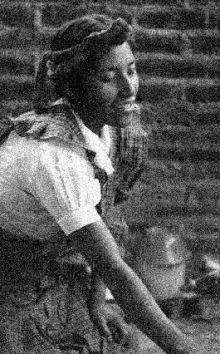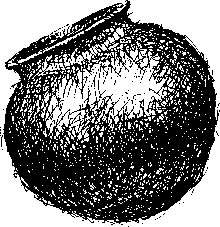 t is in this disparate land, beside the
rivers and tempered arroyos, grouped in dusky forests and among the ever present cactus,
dotted in the sharp mountains and filling the valleys, where the abundances of nature or
accidents of history have placed them, that the people of Oaxaca live. For well over ten
thousand years the people, like the cactus, stones and clay, have survived in this wild
land. t is in this disparate land, beside the
rivers and tempered arroyos, grouped in dusky forests and among the ever present cactus,
dotted in the sharp mountains and filling the valleys, where the abundances of nature or
accidents of history have placed them, that the people of Oaxaca live. For well over ten
thousand years the people, like the cactus, stones and clay, have survived in this wild
land. |
 |
 |
 he Oaxacans today are an immense mosaic of peoples,
ancient tribes, nations and races: the Zapotecs and Mixtecs, direct descendants of two of
Meso Americas greatest civilizations, the Ayu'uk, immigrated from Peru six hundred years
ago on a quest to find a holy mountain, the Chontales and Triques, the Huaves,
Chinantecos, Amuzgos, Zoques, Cuicatecos, Tacuates, Chatinos. . .They, more than the
arroyos and forests, the copal and acacia, give Oaxaca its mystique. It is a primordial
presence, the sense that the most basic and fundamentally human energy is close to the
surface, that man and the nature that bore him still live together in the same house. he Oaxacans today are an immense mosaic of peoples,
ancient tribes, nations and races: the Zapotecs and Mixtecs, direct descendants of two of
Meso Americas greatest civilizations, the Ayu'uk, immigrated from Peru six hundred years
ago on a quest to find a holy mountain, the Chontales and Triques, the Huaves,
Chinantecos, Amuzgos, Zoques, Cuicatecos, Tacuates, Chatinos. . .They, more than the
arroyos and forests, the copal and acacia, give Oaxaca its mystique. It is a primordial
presence, the sense that the most basic and fundamentally human energy is close to the
surface, that man and the nature that bore him still live together in the same house. |



